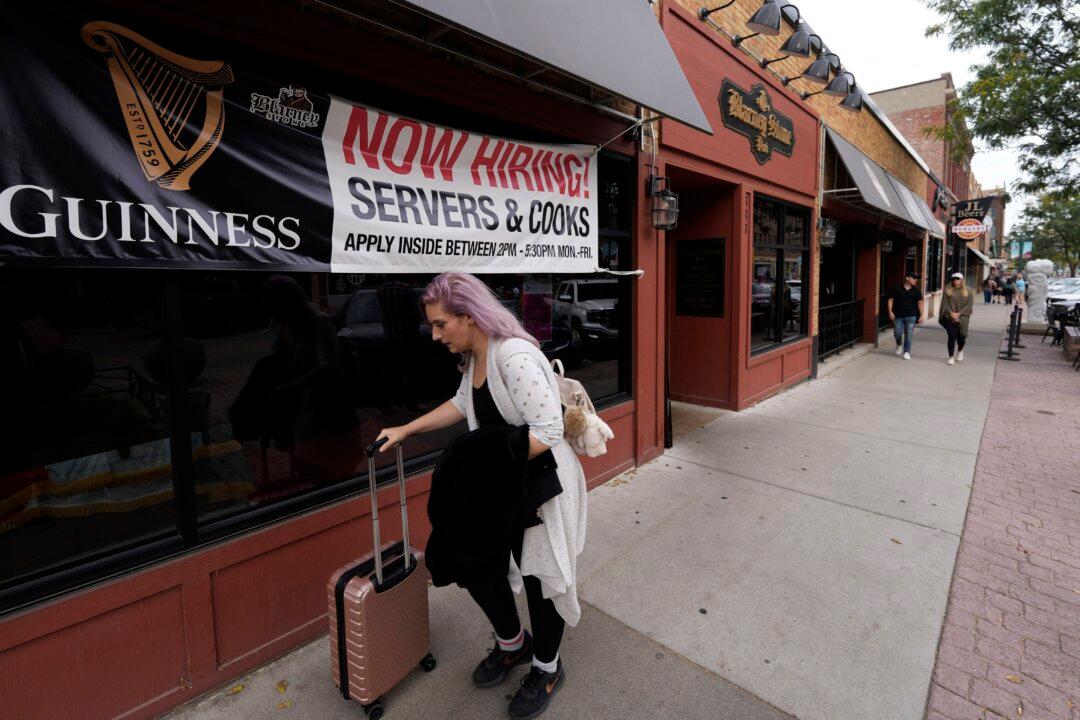Job openings in the United States rebounded to a near-record high in October while the total number of people leaving their jobs edged down, delivering a fresh sign of continued labor market tightness and suggesting that the recent moderation in employment growth was due to a shortage of workers rather than falling demand.
The Labor Department said in its monthly Job Openings and Labor Turnover Survey (JOLTS) on Dec. 8 that job openings, which are a measure of labor demand, rose 431,000 to 11 million on the last day of October, the second-highest number on record.





